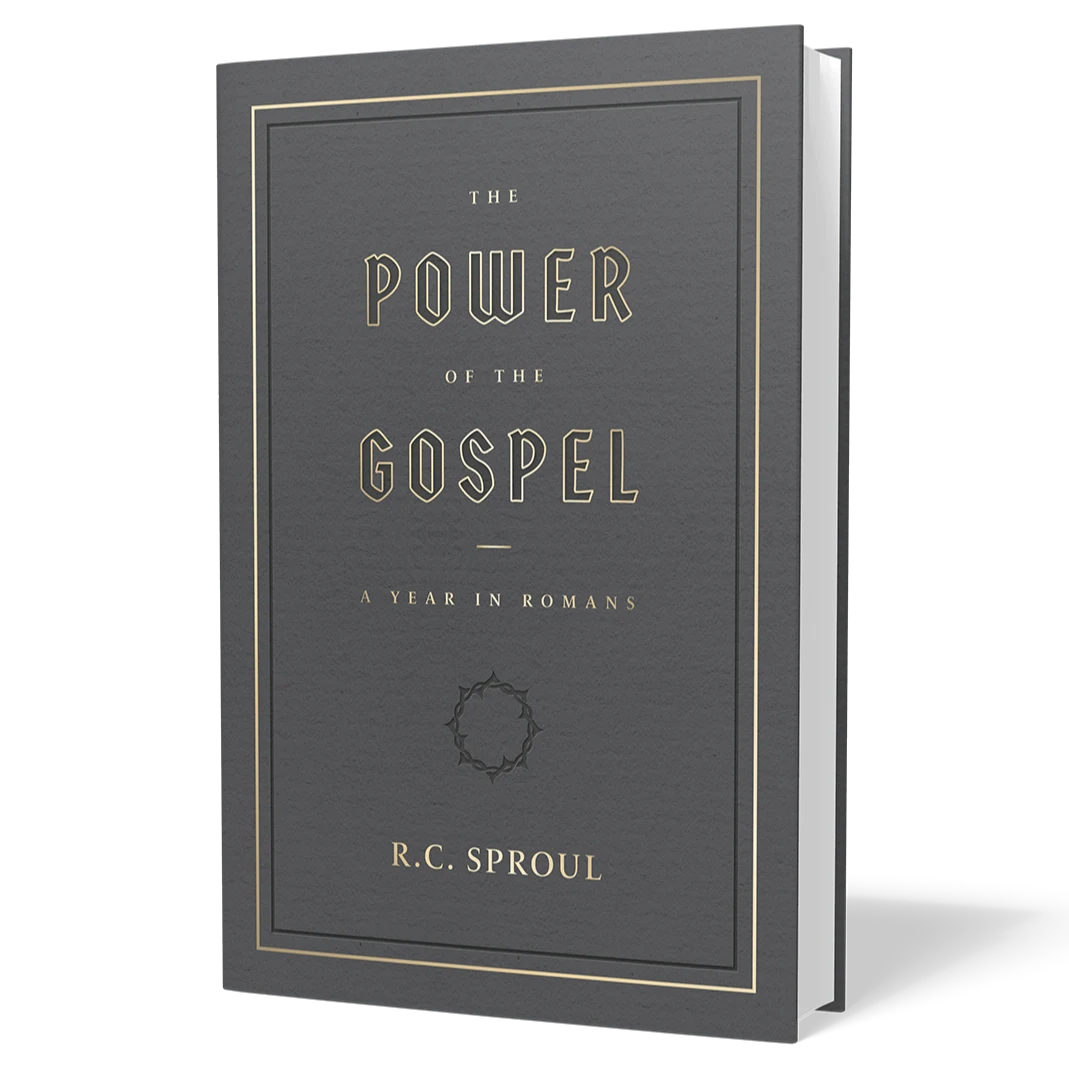Truth and True Peace

On October 31, 1517, Martin Luther nailed his Ninety-Five Theses to the door of the Castle Church in Wittenberg, Germany. He did so for the sake of the peace, purity, and unity of the church. His first thesis called the church to genuine and continual repentance, and among his last theses he called the church to true peace through Christ. Luther wasn’t a rebellious schismatic who sought to lead a revolt against Rome; he was an ardent herald and defender of the gospel who, due to his obstinate and unwavering faithfulness, drew Rome’s ire in the midst of its revolt against the truth, the gospel, and the true church. Luther wasn’t a divider, he was a peacemaker. For there to be true peace and true unity, there must first be truth, and truth divides before it can unite. Truth must conquer before it can liberate. Luther did not divide the church—Rome divided the church by infusing the church with the false doctrines of men. The Reformers didn’t leave Rome—Rome left them by leaving the truth, the gospel, and the church. The Reformers sought reform in Rome, and in return, Rome sought their heads. Rome divided the true church from the false church and kicked out the true church.
True peace only comes through true repentance.
The forerunners of the Reformation (such as Peter Waldo, John Wycliffe, and Jan Hus) and the Magisterial Reformers of the sixteenth century (such as Martin Luther, Huldrych Zwingli, and John Calvin) are rightly called Reformers, but they were Reformers in the most basic sense of the word. They sought reform in order to bring the church back to her original form. For something to be reformed, there must first be the form itself—and the form the Reformers sought was the original form of the church found in the only infallible guide for faith and life, namely, Scripture, and Scripture alone. Ultimately, the Reformers were not seeking to change the nature of the church, but to call the church back to her biblical identity and to who she must be in order to be the true church.
The Reformers wanted peace, but not at the expense of truth, as Luther cried, “Peace if possible, but truth at all costs.” True peace only comes through true repentance. In calling Rome to repentance, Luther didn’t set out to divide the church but to unite the church and bring about real peace by proclaiming the truth. True peace is found only in the truth of Jesus Christ, and thus real peace and unity can only exist where truth reigns. The true church knows the truth, and the truth sets us free (John 8:32). And when we are free in Christ, we will also seek the truth and, in turn, the peace, purity, and unity of the church for the glory of God alone, soli Deo gloria.


